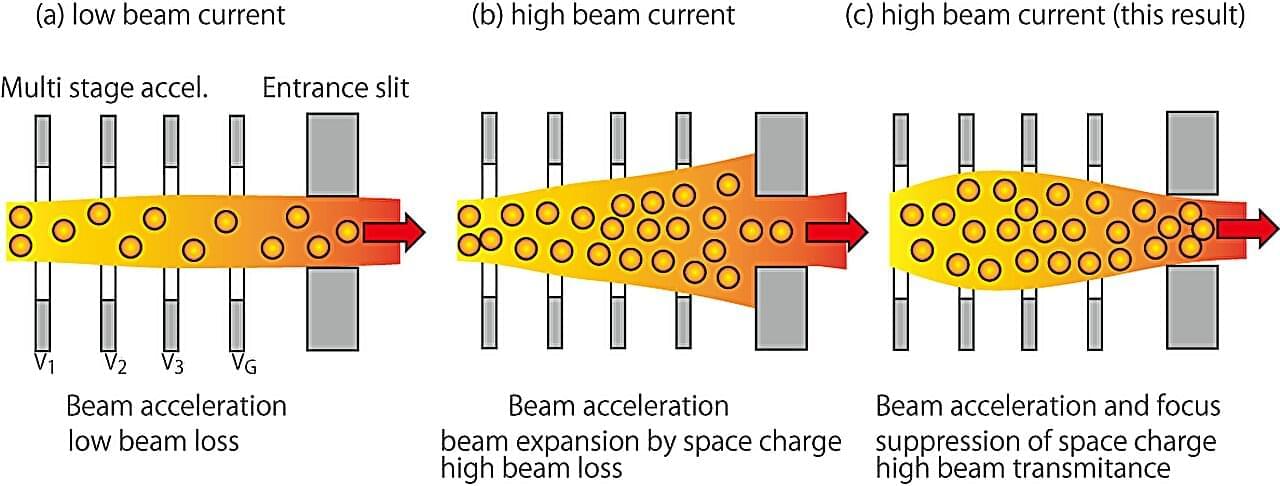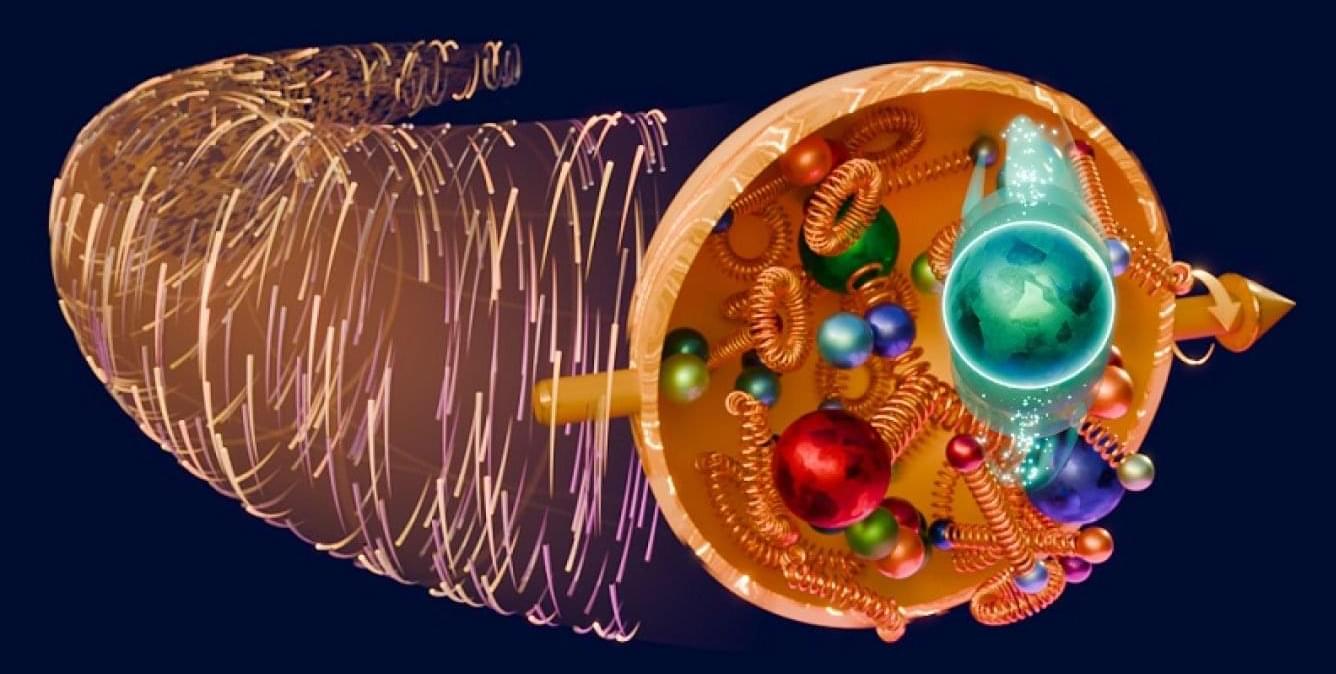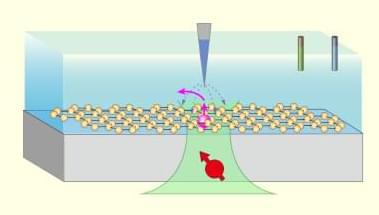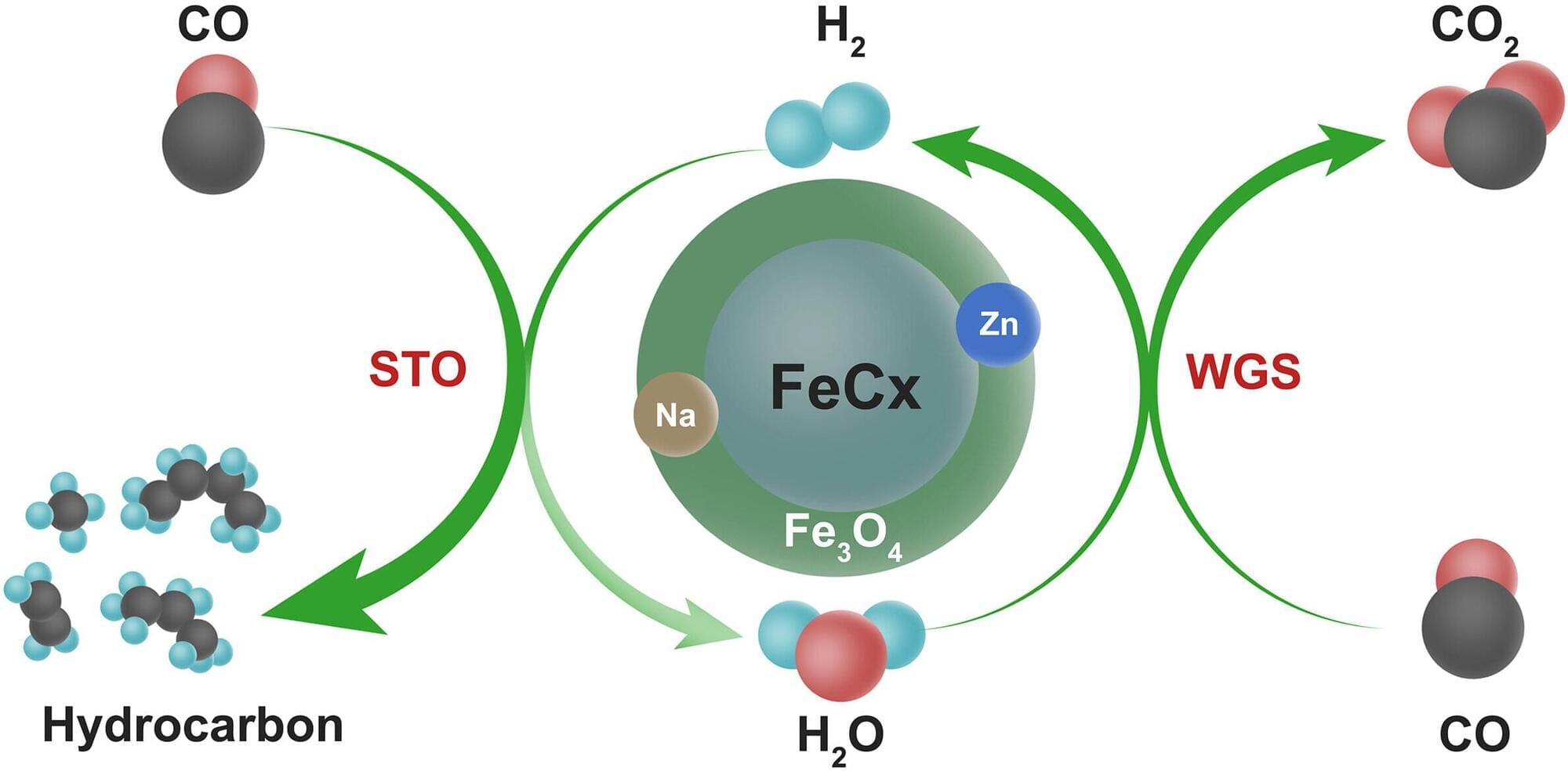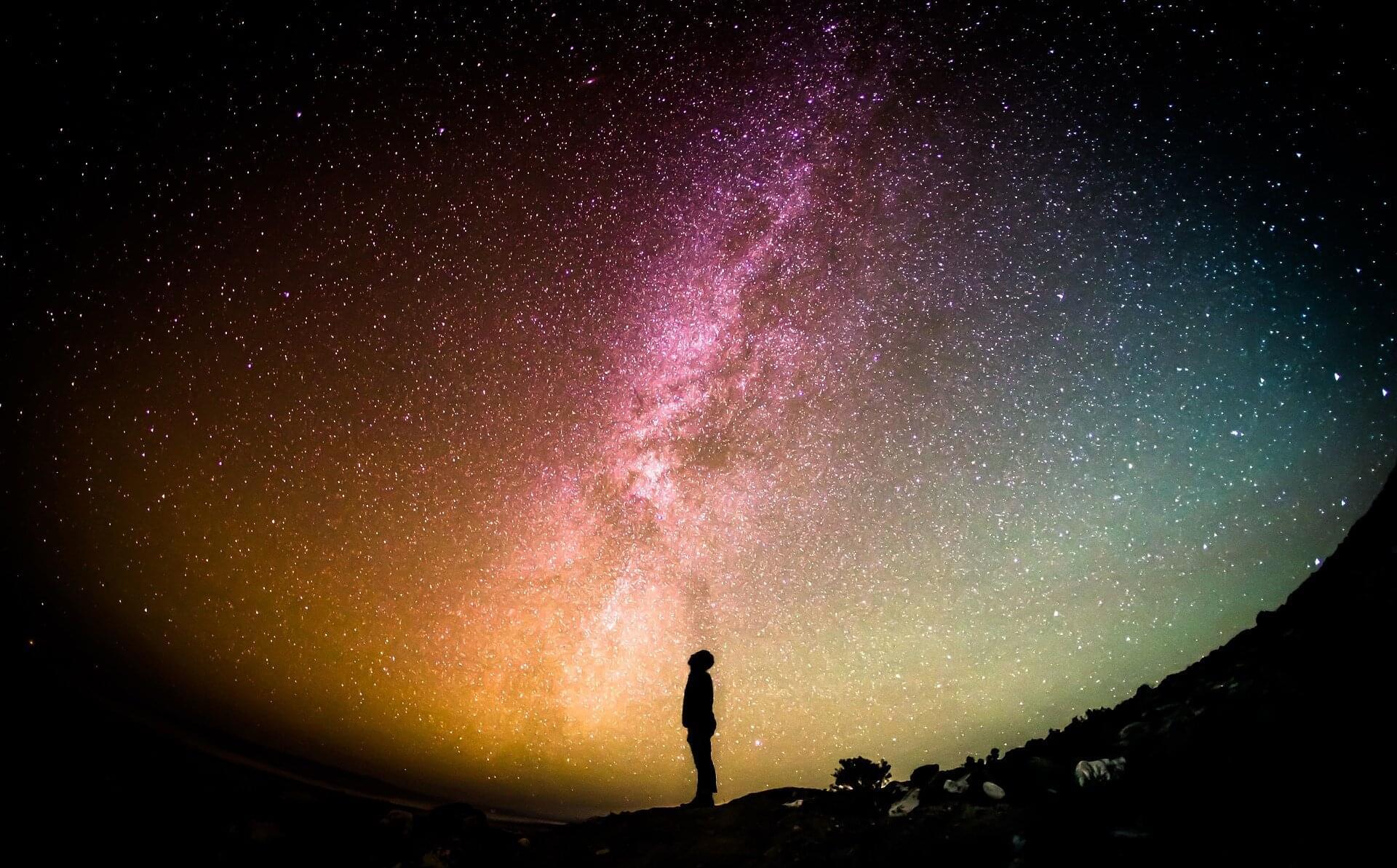The dream of creating game-changing quantum computers—supermachines that encode information in single atoms rather than conventional bits—has been hampered by the formidable challenge known as quantum error correction.
In a paper published Monday in Nature, Harvard researchers demonstrated a new system capable of detecting and removing errors below a key performance threshold, potentially providing a workable solution to the problem.
“For the first time, we combined all essential elements for a scalable, error-corrected quantum computation in an integrated architecture,” said Mikhail Lukin, co-director of the Quantum Science and Engineering Initiative, Joshua and Beth Friedman University Professor, and senior author of the new paper. “These experiments—by several measures the most advanced that have been done on any quantum platform to date—create the scientific foundation for practical large-scale quantum computation.”

